A Norse in Burma! Noordhuyn C-64 Norseman
The Noordhuyn Norseman/ C-64
In English, "Norseman" means "Norman/Viking" and indeed, as will be described in a moment, the robust high wing is closely connected with the tough demands of flying in the far north, indeed, literally tailored to it. The history of this successful "bush plane" is, of course, first and foremost connected with the interesting fate of its designer, the Anglo-Dutchman Robert B. C. Noordhuyn.
As the son of a Dutchman and a British mother, he was, so to speak, a child of two worlds from birth; a circumstance that was probably also reflected in an enormous professional/geographical mobility: already at a young age, he went to Great Britain in 1913 to make his first experiences in the still young art of aircraft construction as a technical draughtsman at Sopwith. In 1919 he returned to Holland, where he found work as a designer for Anthony Fokker, who had also returned home. After Fokker, who was successful in business, soon enjoyed full order books and wanted to expand into the USA, Noordhuyn, who spoke fluent English, was sent to the newly built production facility at Telerboro in New Jersey in 1921. His main task was to develop and market the Fokker Universal, a robust single-engine transport aircraft designed for bush flying in the Canadian/American North. There was a demand for such an aircraft, sales of the Fokker Universal, which could be equipped with both wheel landing gear and floats, went well - and Noordhuyn had discovered the value and advantages of bush flying.
In 1929, Robert Noordhuyn moved to Canada to work for Bellanca, a manufacturer that had already gained a reputation for robust transport aircraft. Noordhuyn subsequently designed the "Skyrocket", a decisive improvement on Bellanca's "Pacemaker". The strutted high-wing aircraft, whose undercarriage could be converted to wheeled undercarriage, snow skids or floats in accordance with Canada's diverse nature, proved to be a much-built sales hit.
Against this background, Noordhuyn took the plunge into independence in 1934: with the "Norseman" he presented a transport aircraft specially tailored to the Canadian market, in the design of which all the experience gained at Fokker and Bellanca could be incorporated. The following year, on 14 November 1935, the Noordhuyn Norseman took to the air for the first time.
The Norseman was able to impress its future clientele with its impressive performance: with an empty mass of around two tonnes, it could carry a load of almost 1400 kilograms. The fuselage cross-section was optimised for carrying bulky cargo, while the high deck design facilitated loading and unloading. A P&W R-1340 with 600 hp allowed a top speed of 260 km/h, the range was given as a remarkable - and by Canadian standards reassuring - 1851 kilometres.
In the years following the first flight, however, dreams of a best-seller were not quite fulfilled. Until 1940, only 17 models of the Norseman found interested buyers. A good part of the production went to the "Royal Canadian Mounted Police"; the "Mounties" obviously appreciated the advantages of the Norseman from the very beginning.
Noordhuyn could only breathe a sigh of relief when, after the outbreak of war, the Canadian Air Force ordered 38 models for radio operator training as part of the "Empire Training Programme". From the beginning of 1943, a large order from the USAAF for over 800 Norseman kept the books busy. Production continued after 1945, with the last of the 918 Norseman built leaving the factory in early 1960.
Not only for nostalgic reasons, but also in everyday use, Noordhuyn Norseman are still flown in remarkable numbers today. As of 2018, 40 aircraft are still registered in Canada alone. Incidentally, the Canadian town of Red Lake, Ontario, with a large number of C-64s still flying, is today considered the "Norseman Capital".
In USAAF service, the Norseman was flown under the designation C-64. From the second half of the war onwards, the type was used in virtually all theatres of operation as a light transport and liaison or hospital aircraft, but also, slightly modified, for transporting VIPs.
In popular memory, the C-64 Norseman is most closely associated with the unexplained death of world-famous composer and bandleader Glenn Miller. On 15 December 1944, he boarded a Norseman to be taken to newly liberated Paris for a concert. The trace of the plane disappeared over the English Channel, and the fate of Miller and the rest of the crew has not been clarified to this day.
The model of my C-64, however, was stationed on the other side of the globe at that time. C-64 /228152 "Jack's Burma B***h" - the incorrect naming is hopefully excusable against the background of the linguistic usage of the time - took part in the dramatic battles that had developed around "Operation Thursday", the largest airborne operation in history up to that time, from Asansol in Burma in the spring of 1944.
The markings are taken from the decal sheet 72025 "Forgotten Operations: Thursday, March 1944" by DP Casper. This well equipped sheet has served me well before: some time ago I was able to build a Waco CG 4 from Italeri, which was equipped with markings of a cargo glider used in "Operation Thursday". This is now the second model from this sheet, a third one, a C-47 of the "Air Commandos" flown in Burma will follow.
About the kit
I was honestly delighted when I came across this beautiful old Matchbox kit during a virtual shopping spree for a completely different project. As I had the above mentioned De Casper decal sheet in mind and cultivate a certain preference for old but fine kits, the purchase was quickly decided.
The contents of the already somewhat yellowed box immediately triggered joy: Qualities such as fairly acceptable cast plastic parts with rather simple details, a completely empty cargo hold and a sparsely detailed cockpit promised a speedy build, which would, however, require a little improvisation.
I can only praise the accuracy of fit! Although I sanded and mostly filled all glued seams, in many places this was more a matter of habit than real necessity. However, some extra work was needed for the detailing. I drilled out the end of the exhaust pipe, made the two huge entry aids in the middle of the fuselage (partly) a bit slimmer and added ignition wiring to the radial engine.
All in all, this could have been a relatively uncomplicated and quick build, had it not been for my own clumsiness: in just one afternoon I managed to ruin all the clear parts with glue residue on my fingers, so that they could not be saved. This was all the more unfortunate as they would have fitted perfectly and were really high quality "clear" parts.
After some back and forth, I decided to replace all the cabin windows with precisely cut clear film. I glued them in place with very carefully dosed "Clear Fix" from Revell. After some practice I was able to glue the last windows quite well.
The construction of the Noordhuyn Norseman was another project that impressed me. It is not the size of this small machine, but, as so often, the stories and the fates behind it, as well as the experiences and insights that one is allowed to make in the craftsmanship of this model. I unreservedly recommend the kit, if it can still be found!
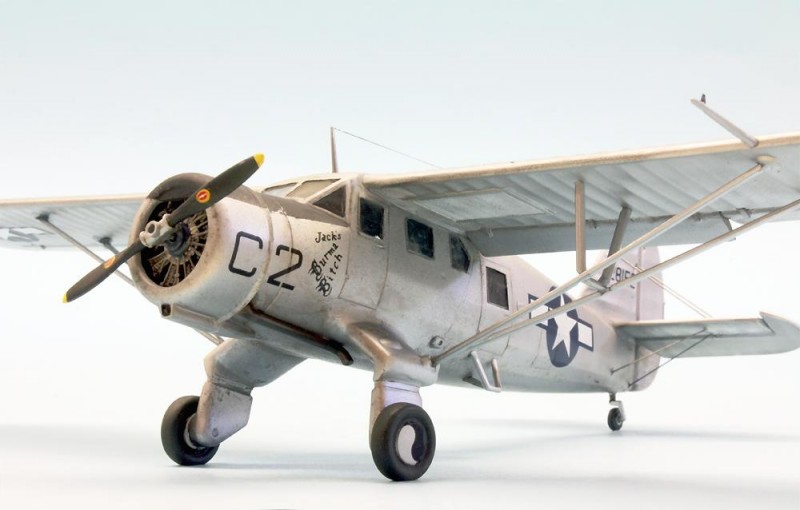
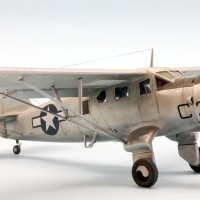
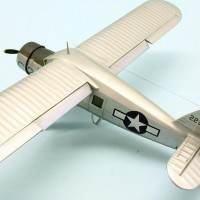
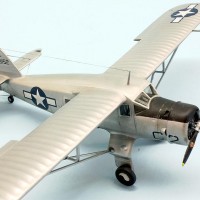
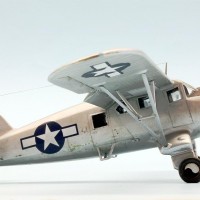
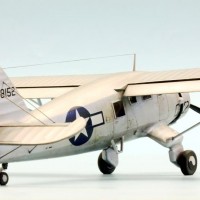
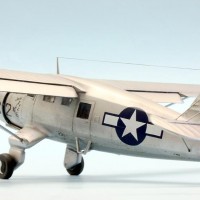
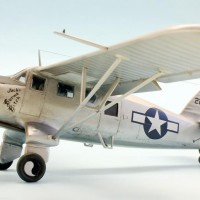
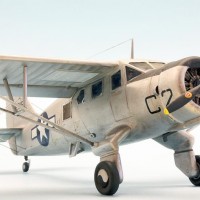
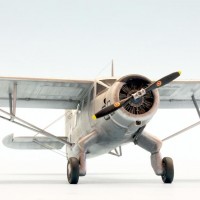
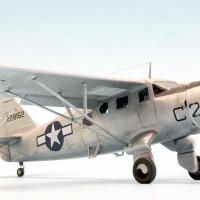
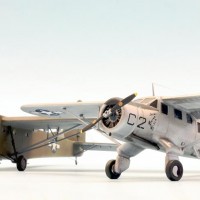
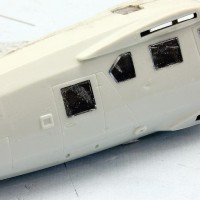
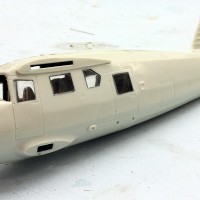
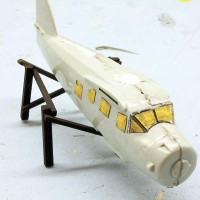
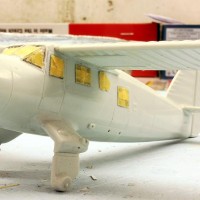
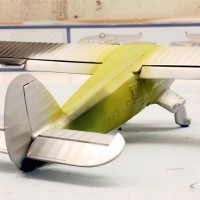
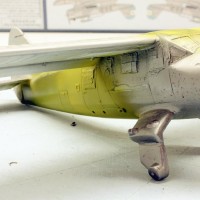
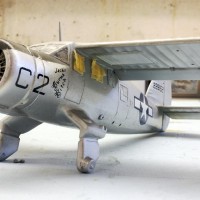
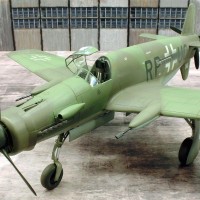
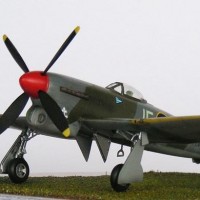
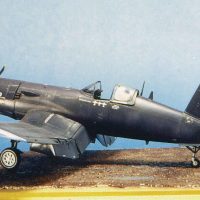
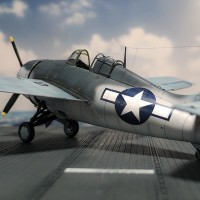
Well done, Roland. Interesting subject. It’s nice to see another old kit done to a high standard. I think I may have seen one of these flying a couple of days ago. My eyes aren’t what they used to be, and I have no idea how many are left but I suppose it’s possible. High wing, robust airframe, big round motor in the front.
Very nice looking results, the glider looks great too ! Interesting history of this aircraft & its designer.
To be honest, I didn't think this was a Matchbox kit. This one well done to a high standard.
Very sharp work!
Such an awesome build! I like the subtle weathering a lot.
Excellent build, Roland! You did your usual magic again, in order to give us a small masterpiece. I equally enjoyed reading your article, too: so nice to read the stories that accompany a type.
You brought this old kit to life, great job! Nice narrative also.
I really like this - paint and weathering look great, and a 1/72 Matchbox kit to start with! I'm going to have to look for one of these - I just checked my stash and I don't have one!
One of my favorite airplanes, Roland (@rosachsenhofer). It is hard to believe this is the Matchbox kit, you have really brought out the best in this model. Thanks for the history, also.
Incredible build, Roland @rosachsenhofer
As said by others already, painting and weathering is perfect.
That landing gear looks very robust.
I love the realistic weathered finish, which really makes this model "pop." Really nice work (as usual) Roland - @rosachsenhofer
Great work on this oldie!
Brilliant model, Roland - very realistic finish. I love the paint work and weathering I would have sworn it was at least 1/48. It is amazing what you have achieved at this scale. BTW the window mishap was probably a blessing in disguise since the substitute clear film windows look very nice.
The Norseman has been of my favorite bush planes ever since I saw one at the Canada Aviation and Space Museum. It is really massive for a single seater and very tough looking on its splayed wheels, poised in a boxer's stance somehow. The RCAF Mk. lV in the collection is also on wheels and has a similar look to the subject of your model (except for bright red panels on the wings). I don't usually work in 1/72 but your opinion of the Matchbox kit and fine result really tempt me to pick this one up and try to replicate it. Too bad the Modelcraft Norseman kit in 1/48 is so bad, by comparison. Thanks for posting.
Thank you very much! I'm curious: I also ordered the Modelcraft version in 48 on spec. I've already heard that there are a few challenges waiting here too. 🙂
Great post! You gotta hand it to Matchbox, they really went out on a limb to produce kits like this! You really buffed this little gem out, bravo!
The paintwork is very realistic.
🙂 ... Greetings ... 🙂 :
A very inspiring and interesting subject Roland.
Nicely convincing metal finish as well as weathering.
Both models are a good show of well applied skills.
Another first class post, Roland, you've done a great job on this old Matchbox kit, and a terrific save on the glazing as well. Definitely liked.
This is a really nice Matchbox kit and you have done a great job on it. The aluminum paint job looks realistic and the weathering is spot on. You have made a great looking Norseman.
it is my great pleasure and honour to read your refreshing, motivating and informed comments! Thank you for this pleasure and your interest!